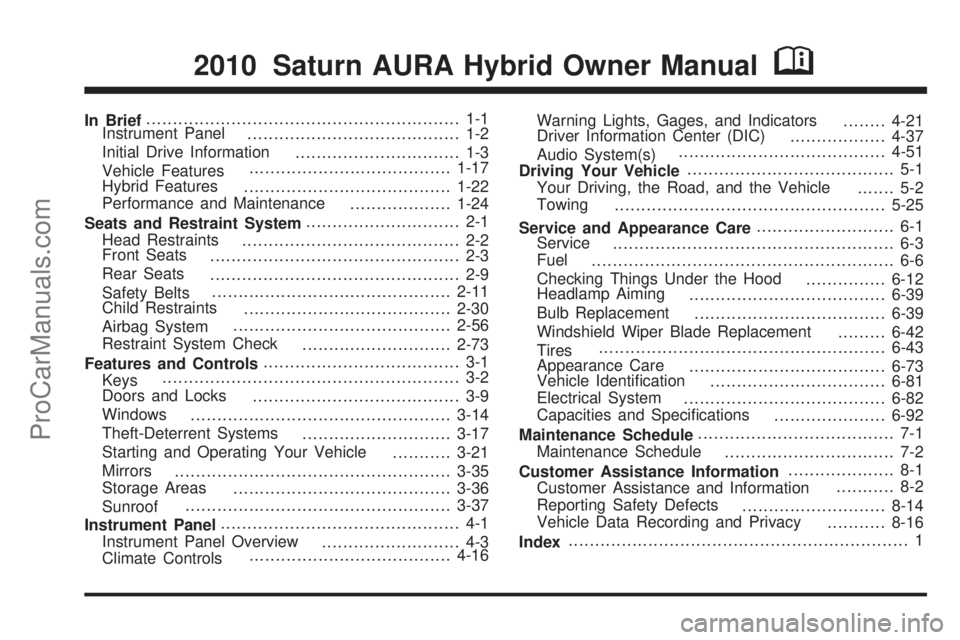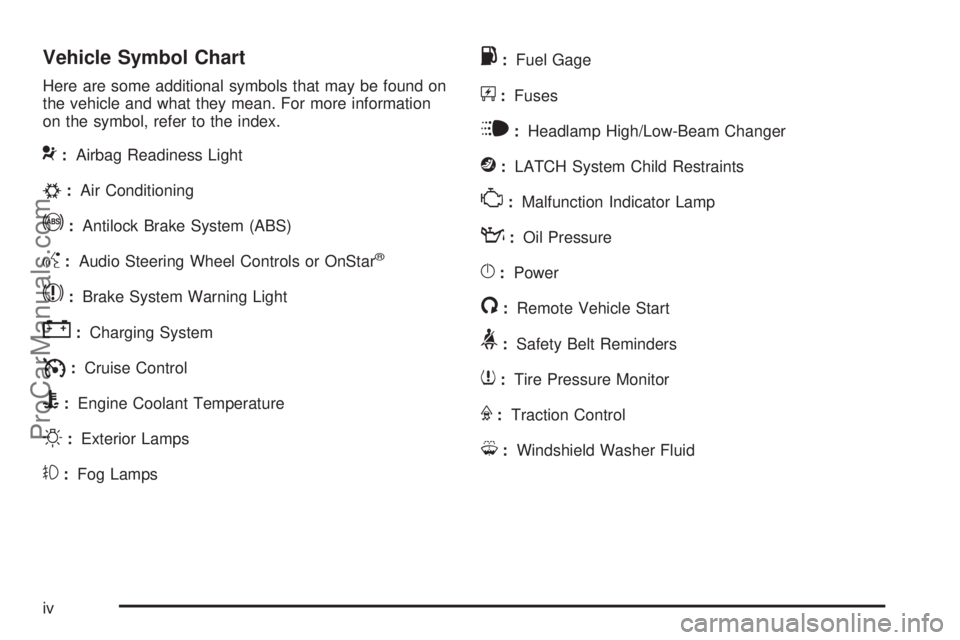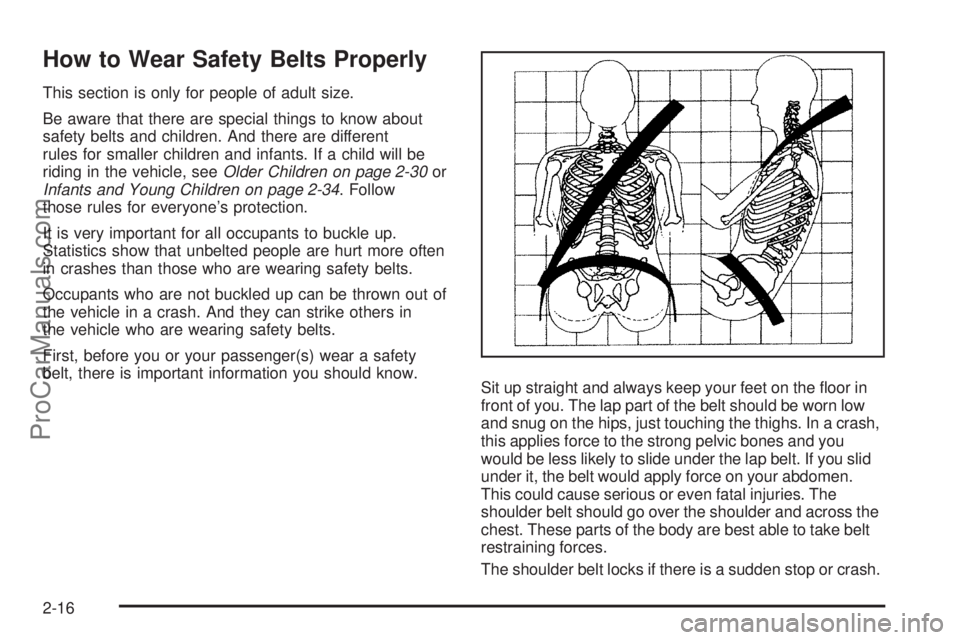child lock SATURN AURA HYBRID 2010 Owners Manual
[x] Cancel search | Manufacturer: SATURN, Model Year: 2010, Model line: AURA HYBRID, Model: SATURN AURA HYBRID 2010Pages: 400, PDF Size: 2.46 MB
Page 1 of 400

In Brief........................................................... 1-1
Instrument Panel
........................................ 1-2
Initial Drive Information
............................... 1-3
Vehicle Features......................................1-17
Hybrid Features
.......................................1-22
Performance and Maintenance
...................1-24
Seats and Restraint System............................. 2-1
Head Restraints
......................................... 2-2
Front Seats
............................................... 2-3
Rear Seats
............................................... 2-9
Safety Belts.............................................2-11
Child Restraints
.......................................2-30
Airbag System.........................................2-56
Restraint System Check
............................2-73
Features and Controls..................................... 3-1
Keys........................................................ 3-2
Doors and Locks
....................................... 3-9
Windows
.................................................3-14
Theft-Deterrent Systems
............................3-17
Starting and Operating Your Vehicle
...........3-21
Mirrors
....................................................3-35
Storage Areas
.........................................3-36
Sunroof..................................................3-37
Instrument Panel............................................. 4-1
Instrument Panel Overview
.......................... 4-3
Climate Controls......................................4-16Warning Lights, Gages, and Indicators
........4-21
Driver Information Center (DIC)
..................4-37
Audio System(s).......................................4-51
Driving Your Vehicle....................................... 5-1
Your Driving, the Road, and the Vehicle
....... 5-2
Towing
...................................................5-25
Service and Appearance Care.......................... 6-1
Service
..................................................... 6-3
Fuel
......................................................... 6-6
Checking Things Under the Hood
...............6-12
Headlamp Aiming
.....................................6-39
Bulb Replacement
....................................6-39
Windshield Wiper Blade Replacement
.........6-42
Tires
......................................................6-43
Appearance Care
.....................................6-73
Vehicle Identification
.................................6-81
Electrical System
......................................6-82
Capacities and Specifications
.....................6-92
Maintenance Schedule..................................... 7-1
Maintenance Schedule
................................ 7-2
Customer Assistance Information.................... 8-1
Customer Assistance and Information........... 8-2
Reporting Safety Defects
...........................8-14
Vehicle Data Recording and Privacy
...........8-16
Index................................................................ 1
2010 Saturn AURA Hybrid Owner ManualM
ProCarManuals.com
Page 4 of 400

Vehicle Symbol Chart
Here are some additional symbols that may be found on
the vehicle and what they mean. For more information
on the symbol, refer to the index.
9:Airbag Readiness Light
#:Air Conditioning
!:Antilock Brake System (ABS)
g:Audio Steering Wheel Controls or OnStar®
$:Brake System Warning Light
":Charging System
I:Cruise Control
B:Engine Coolant Temperature
O:Exterior Lamps
#:Fog Lamps
.:Fuel Gage
+:Fuses
i:Headlamp High/Low-Beam Changer
j:LATCH System Child Restraints
*:Malfunction Indicator Lamp
::Oil Pressure
}:Power
/:Remote Vehicle Start
>:Safety Belt Reminders
7:Tire Pressure Monitor
F:Traction Control
M:Windshield Washer Fluid
iv
ProCarManuals.com
Page 50 of 400

How to Wear Safety Belts Properly
This section is only for people of adult size.
Be aware that there are special things to know about
safety belts and children. And there are different
rules for smaller children and infants. If a child will be
riding in the vehicle, seeOlder Children on page 2-30or
Infants and Young Children on page 2-34. Follow
those rules for everyone’s protection.
It is very important for all occupants to buckle up.
Statistics show that unbelted people are hurt more often
in crashes than those who are wearing safety belts.
Occupants who are not buckled up can be thrown out of
the vehicle in a crash. And they can strike others in
the vehicle who are wearing safety belts.
First, before you or your passenger(s) wear a safety
belt, there is important information you should know.
Sit up straight and always keep your feet on the floor in
front of you. The lap part of the belt should be worn low
and snug on the hips, just touching the thighs. In a crash,
this applies force to the strong pelvic bones and you
would be less likely to slide under the lap belt. If you slid
under it, the belt would apply force on your abdomen.
This could cause serious or even fatal injuries. The
shoulder belt should go over the shoulder and across the
chest. These parts of the body are best able to take belt
restraining forces.
The shoulder belt locks if there is a sudden stop or crash.
2-16
ProCarManuals.com
Page 58 of 400

Lap-Shoulder Belt
All seating positions in the vehicle have a
lap-shoulder belt.
The following instructions explain how to wear a
lap-shoulder belt properly.
1. Adjust the seat, if the seat is adjustable, so you
can sit up straight. To see how, see “Seats” in
the Index.
2. Pick up the latch plate and pull the belt across you.
Do not let it get twisted.
The lap-shoulder belt may lock if you pull the belt
across you very quickly. If this happens, let the belt
go back slightly to unlock it. Then pull the belt
across you more slowly.
If the shoulder portion of a passenger belt is pulled
out all the way, the child restraint locking feature
may be engaged. If this happens, just let the belt go
back all the way and start again.
Engaging the child restraint locking feature in the
right front seating position may affect the passenger
sensing system. SeePassenger Sensing System
on page 2-66for more information.3. Push the latch plate into the buckle until it clicks.
Pull up on the latch plate to make sure it is secure.
If the belt is not long enough, seeSafety Belt
Extender on page 2-30.
Position the release button on the buckle so that the
safety belt could be quickly unbuckled if necessary.
4. If equipped with a shoulder belt height adjuster,
move it to the height that is right for you. Improper
shoulder belt height adjustment could reduce
the effectiveness of the safety belt in a crash. See
“Shoulder Belt Height Adjustment” later in this
section for instruction on use and important safety
information.
2-24
ProCarManuals.com
Page 60 of 400

Shoulder Belt Height Adjuster
Your vehicle has a shoulder belt height adjuster for the
driver and right front passenger position.
Adjust the height so that the shoulder portion of the belt
is centered on the shoulder. The belt should be away
from the face and neck, but not falling off of the
shoulder. Improper shoulder belt height adjustment
could reduce the effectiveness of the safety belt
in a crash.
Squeeze the buttons (A)
on the sides of the height
adjuster and move the
height adjuster to the
desired position.
After the adjuster is set to the desired position, try to
move it down without squeezing the buttons to
make sure it has locked into position.
Safety Belt Pretensioners
This vehicle has safety belt pretensioners for the front
outboard occupants. Although the safety belt
pretensioners cannot be seen, they are part of the
safety belt assembly. They can help tighten the safety
belts during the early stages of a moderate to severe
frontal and near frontal crash if the threshold conditions
for pretensioner activation are met. And, if the vehicle
has side impact airbags, safety belt pretensioners
can help tighten the safety belts in a side crash.
Pretensioners work only once. If they activate in a crash,
they will need to be replaced, and probably other new
parts for the vehicle’s safety belt system. SeeReplacing
Restraint System Parts After a Crash on page 2-74.
Rear Safety Belt Comfort Guides
This vehicle may have rear shoulder belt comfort
guides. If not, they are available through your
dealer/retailer. The guides may provide added safety
belt comfort for older children who have outgrown
booster seats and for some adults. When installed and
properly adjusted, the comfort guide positions the
belt away from the neck and head.
2-26
ProCarManuals.com
Page 80 of 400

Securing a Child Restraint Designed
for the LATCH System
{WARNING:
If a LATCH-type child restraint is not attached to
anchors, the child restraint will not be able to
protect the child correctly. In a crash, the child
could be seriously injured or killed. Install a
LATCH-type child restraint properly using the
anchors, or use the vehicle’s safety belts to secure
the restraint, following the instructions that came
with the child restraint and the instructions in this
manual.
{WARNING:
Do not attach more than one child restraint to a
single anchor. Attaching more than one child
restraint to a single anchor could cause the anchor
or attachment to come loose or even break during
a crash. A child or others could be injured. To
reduce the risk of serious or fatal injuries during a
crash, attach only one child restraint per anchor.
{WARNING:
Children can be seriously injured or strangled if a
shoulder belt is wrapped around their neck and
the safety belt continues to tighten. Buckle any
unused safety belts behind the child restraint so
children cannot reach them. Pull the shoulder belt
all the way out of the retractor to set the lock, if
your vehicle has one, after the child restraint has
been installed.
2-46
ProCarManuals.com
Page 84 of 400

If more than one child restraint needs to be installed in
the rear seat, be sure to readWhere to Put the
Restraint on page 2-40.
1. Put the child restraint on the seat.
2. Pick up the latch plate, and run the lap and shoulder
portions of the vehicle’s safety belt through or
around the restraint. The child restraint instructions
will show you how.
3. Push the latch plate into the buckle until it clicks.
Position the release button on the buckle so that
the safety belt could be quickly unbuckled if
necessary.4. Pull the rest of the shoulder belt all the way out of
the retractor to set the lock.
2-50
ProCarManuals.com
Page 110 of 400

Keys
{WARNING:
Leaving children in a vehicle with the ignition key
is dangerous for many reasons, children or others
could be badly injured or even killed. They could
operate the power windows or other controls or
even make the vehicle move. The windows will
function with the keys in the ignition and children
could be seriously injured or killed if caught in the
path of a closing window. Do not leave the keys in
a vehicle with children.
The key can be used for the ignition and all locks.
The key has a bar-coded key tag that the dealer/retailer
or qualified locksmith can use to make new keys.
Store this information in a safe place, not in your vehicle.
Notice:If you ever lock your keys in the vehicle,
you may have to damage the vehicle to get in.
Be sure you have spare keys.
If you are locked out of your vehicle, contact Roadside
Assistance. SeeRoadside Assistance Program on
page 8-7.
3-2
ProCarManuals.com
Page 117 of 400

Doors and Locks
Door Locks
{WARNING:
Unlocked doors can be dangerous.
•Passengers, especially children, can easily
open the doors and fall out of a moving vehicle.
When a door is locked, the handle will not open
it. The chance of being thrown out of the
vehicle in a crash is increased if the doors are
not locked. So, all passengers should wear
safety belts properly and the doors should be
locked whenever the vehicle is driven.
•Young children who get into unlocked vehicles
may be unable to get out. A child can be
overcome by extreme heat and can suffer
permanent injuries or even death from heat
stroke. Always lock the vehicle whenever
leaving it.
•Outsiders can easily enter through an unlocked
door when you slow down or stop your vehicle.
Locking your doors can help prevent this from
happening.There are several ways to lock and unlock the vehicle.
To lock or unlock the door from the outside, use the
key in the driver or front passenger door or press
the lock or unlock button on the Remote Keyless Entry
(RKE) transmitter, if the vehicle has one.
To lock a door from the inside, push the manual lock
knob down or use the power door lock switches.
Power Door Locks
The power door lock switches are located on the
driver’s and front passenger’s door.
Press the outboard side of the switch to unlock all
doors. Press the inboard side of the switch to lock
all doors.
The rear doors do not have power door lock switches.
Rear seat passengers must use the manual lock
knob on their doors.
Door Ajar Reminder
A chime will sound and the DOOR AJAR message will
display if one of the doors is not fully closed. This
happens when the ignition is on and the shift lever is
moved out of P (Park) or N (Neutral). SeeDIC Warnings
and Messages on page 4-41.
3-9
ProCarManuals.com
Page 388 of 400

Cleaning (cont.)
Washing Your Vehicle...................................6-77
Weatherstrips..............................................6-76
Windshield and Wiper Blades........................6-78
Cleaning the Mirror.........................................3-35
Clearing the System........................................4-80
Climate Control System
Outlet Adjustment........................................4-21
Climate Control Systems
Automatic...................................................4-16
Climate Controls.............................................1-16
Clock, Setting.................................................4-52
Cold Temperature Operation.............................6-17
Collision Damage Repair..................................8-11
Collision Parts................................................8-11
Compressor Kit, Tire Sealant............................6-66
Configurations for Use of Child Restraints..........2-41
Connecting a USB Storage Device or iPod
®.......4-65
Content Theft-Deterrent....................................3-17
Control of a Vehicle.......................................... 5-3
Convenience Net............................................3-37
Coolant
Engine.......................................................6-23
Engine Temperature Warning Light.................4-30
Cooling System..............................................6-22
Courtesy Transportation Program........................ 8-9
Coverage........................................................ 8-7
Cruise Control.................................................. 4-7
Light..........................................................4-34Cupholders....................................................3-36
Customer Assistance......................................... 8-6
Offices......................................................... 8-6
Text Telephone (TTY) Users........................... 8-6
Customer Information
Service Publications Ordering Information........8-15
Customer Satisfaction Procedure........................ 8-2
D
Damage Repair, Collision.................................8-11
Data Recorders, Event....................................8-17
Daytime Running Lamps (DRL).........................4-11
Defensive Driving............................................. 5-2
Delayed Headlamps........................................4-11
Delayed Locking.............................................3-10
Deleting Name Tags........................................4-74
Dinghy Towing................................................5-26
Disarming the System.....................................3-18
Disc, MP3......................................................4-62
Doing Your Own Service Work........................... 6-4
Dolly Towing..................................................5-28
Dome Lamps .................................................4-13
Door
Ajar Reminder.............................................. 3-9
Delayed Locking..........................................3-10
Locks.......................................................... 3-9
4
ProCarManuals.com